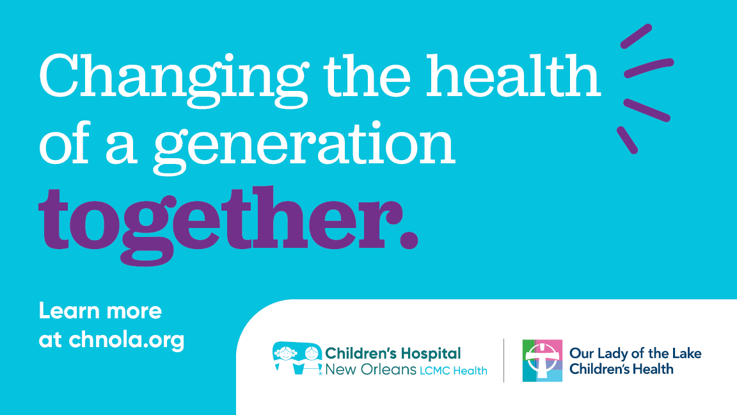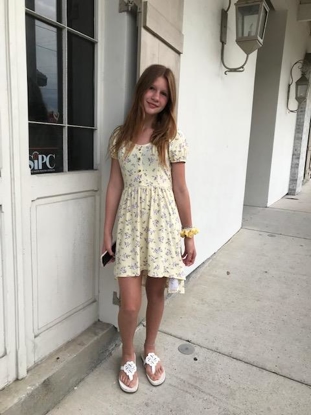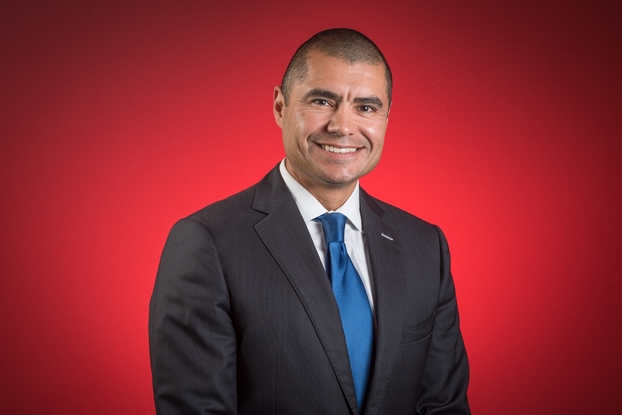What does Safety Planning look like for Trafficked Youth?
- Category: Thrive Kids, Keep Kids Well
- Posted on:
- Written By: Haley Kraus, LMSW, Human Trafficking PRN/ Thrive Early Intervention Specialist Social Worker

Safety Planning is a clinical intervention utilized when a youth expresses suicidal ideations, engages in self-harming behaviors, or has an unstable environment. Safety planning provides the youth with a self-created document which identifies coping skills for them to use whenever they begin to feel overwhelmed or triggered.
The first step to safety planning for a medical provider or mental health professional with a child is to identify if one is needed. Any time a child’s physical or mental health safety is in question, it is best practice for the clinician and child to complete one together. There are various forms of safety plans provided for free through credible websites such as the 988 Suicide & Crisis Lifeline, Zero Suicide, and Stanford Medicine. When picking a developmentally appropriate safety plan, the layout can vary based on the child, but the content of the plan should always include the following:
Warning signs (triggers- thoughts, images, mood, situations)
Coping strategies (ex: walking outside, reading a book, taking deep breathes)
A list of supportive adults (encourage 3-4 people)
Other (include outside agencies, or other protective factors).
Based off of my experience creating safety plans, I have included some helpful tips to be aware of prior to completing the safety plan based off of each content area listed above specifically for trafficked youth.
Triggers: It is important to clarify if the child understands the meaning of the word ‘trigger.’ If the child states yes, ask for them to explain and provide examples. If the child is unaware, the clinician can use this as a psychoeducational moment to educate the child.
Coping Strategies: It is beneficial to keep a list of positive coping strategies in your office or on your desktop to print out and bring into the room. Sometimes kids find this section hard to complete and need extra encouragement or ideas.
Supportive Adults: If a child feels alone at home, they tend to state ‘nobody.’ When a child believes they are alone, it is important talk to them about all areas of their lives such as school, extracurricular activities, hobbies, and interest. This encourages them to look outward and encourages them to build more connections within their community.
Other: Explaining and providing the child with hotline numbers allows them to have access to a safe and reliable tool that can be used 24/7. In this section, I encourage clinicians to include a strengths section for the child to list why they matter- this encourages positive self-reflection and self-talk about themselves. During times of deep distress, these statements are a reminder of why they matter and how they are important to our world.
It is important to remember every safety plan is different based on the child. Specifically, for trafficked youth, this process provides them with an opportunity to use their own voice to express their needs, wants, and desires. Remember to meet the child where they are and not where we want them to be. I encourage you to use this process as a conversation guide to learn more about the child’s hopes, desires, and dreams. By actively listening and tapping into your child’s thoughts, you provide them with an opportunity to be heard, seen, and cared for. With this population, most of these children have been labeled or misunderstood by an adult. You have a chance to provide them with a safe space for them to begin tapping into their ability to advocate for themselves. Upon completion of the safety plan, the child and mental health professional should have a conversation about sharing the plan with a trustworthy adult or caregiver identified by the child. By sharing the plan with a caregiver, it allows an opportunity for the caregiver to support the child in ways they identify to be helpful for them.



